The sun may have been quiet over the past week or so, but that didn't stop our planet's magnetic field allowing a minor CME to break its defenses and push the indexes into geomagnetic storm territory.
A minor coronal mass ejection (CME) erupted on the sun a few days ago, and, as expected, it impacted Earth on August 3; however, what wasn't forecast by the observers at NOAA and NASA was the event sparking a geomagnetic storm.
The event was barely a blip as far the telemetry was concerned:
The Bz (top red line) did pop a little.
As did the Phi Angle and the Density (blue and yellow lines, respectively).
However, the Plasma Speed (purple line) was dropping throughout the entire event.
Falling wind speed is usually indicative of solar quiet.
"I have never seen a geomagnetic storm when the plasma speed is 300km/sec," says David (Diamond) Mauriello of the ORP, yet what we saw was a storm lasting approx. 3 hours, with geomagnetic instability lasting a further 9 hours:
We also saw a massive shift on the Magnetometer, of approx. 100 NanoTesla:
In years past, we've been accustomed to far stronger CMEs having far smaller impacts on the field, with many not even producing a storm at all.
The fact that this 'nothing event' led to such violent heavenly perturbations leads one to assume that Earth's magnetic field has weakened further, far beyond the latest official datapoint from 2017.
These are changing times in our space environment.
"This spells very bad news," continues Mauriello.
Soon after the 'hit', electrical problems began peppering the news feeds.
Electric glitches and fires both go up tenfold during space weather impacts, and this is what we saw again on August 3.
But this was a 'nothing event' — our planet's magnetic field should have coped much better with such a tiny impact.
And while Tuesday's KP5 event isn't scary in of itself, the fact that Earth's ever-waning magnetosphere (due to its shifting magnetic poles and the onset of the next GSM) couldn't handle such a weak solar event is the number one cause for concern for our modern tech-driven civilization: Earth's magnetic field is weaker than we've all realized.
In the year 2000, we knew the field had lost 10 percent of its strength since the 1800s.
Another 5 percent was lost by 2010.
Further accelerations occurred in recent years, 2015 and 2017, but we laymen were not privy to any additional loss data-with guesses on why that might be quickly sending you down a conspiracy rabbit hole.
Given the last solid data point we have -that of 2010- our magnetic field should have handled this week's impact far better.
"The magnetic shield is now so weak that it can be perturbed in such an extreme way by such a minor event," adds Mauriello.
"Based on what just occurred, very bad things are going to happen on this planet.
"Any large flare that heads our way is a grid down scenario," concludes Mauriello.
As I've been warning for years now, the sun's ramp-up into Solar Cycle 25 occurring in line with Earth's drastically reducing magnetic field is the biggest threat we humans have faced in hundreds -potentially thousands- of years, particularly given how completely and utterly technologically-dependent the vast majority of this planets' 8 billion inhabitants are.
When that earth-facing X-flare hits -which is a matter of 'when' and not 'if'- there will be no more internet, no more 'how-tos' on YouTube, no more just in time deliveries, no more food, no more law and order; just chaos — and we'll be on our own to survive.
This scenario has more than a 50 percent chance of playing out by the solar maximum of SC25 (currently expected in the year 2024), with localized grid failures all but guaranteed by then.
Prepare now.
Escape the cities.
And grow your own.
Earth's Magnetic Field just Struggled with a Weak CME: Sign of the Times
On top of all that, the COLD TIMES are returning, the mid-latitudes are REFREEZING, in line with the great conjunction, historically low solar activity, cloud-nucleating Cosmic Rays, and a meridional jet stream flow (among other forcings).
Both NOAA and NASA appear to agree, if you read between the lines, with NOAA saying we're entering a 'full-blown' Grand Solar Minimum in the late-2020s, and NASA seeing this upcoming solar cycle (25) as "the weakest of the past 200 years", with the agency correlating previous solar shutdowns to prolonged periods of global cooling here.
Furthermore, we can't ignore the slew of new scientific papers stating the immense impact The Beaufort Gyre could have on the Gulf Stream, and therefore the climate overall.
Prepare accordingly — learn the facts, relocate if need be, and grow your own.
Social Media channels are restricting Electroverse's reach: Twitter are purging followers while Facebook are labeling posts as "false" and have slapped-on crippling page restrictions.
So, be sure to subscribe to receive new post notifications by email (the box is located in the sidebar >>> or scroll down if on mobile).
Please also consider disabling ad blockers for electroverse.net, if you use one.
And/or become a Patron, by clicking here: patreon.com/join/electroverse.
The site receives ZERO funding, and never has.
So any way you can, help us spread the message so others can survive and thrive in the coming times.
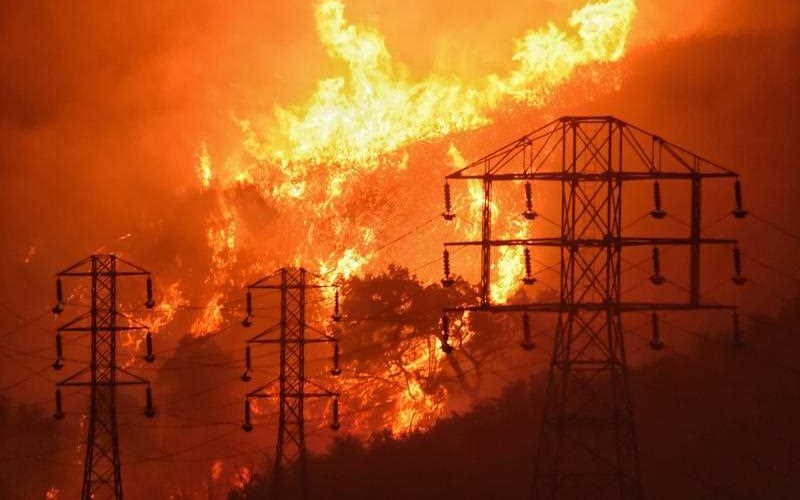
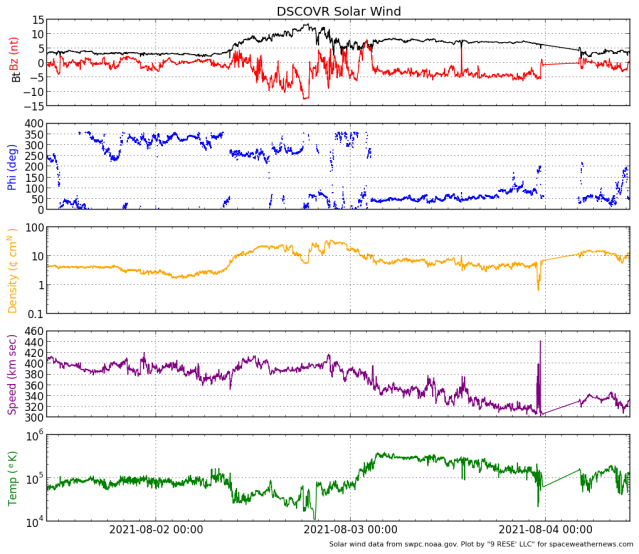
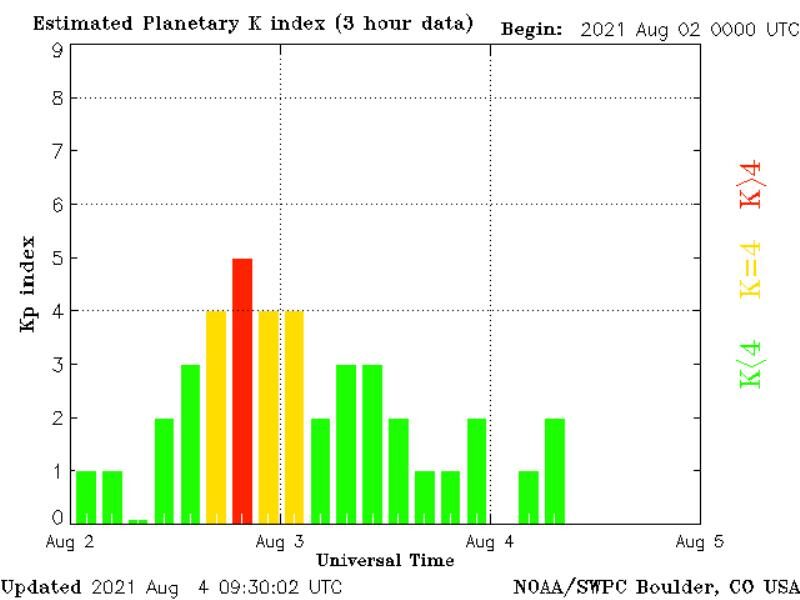
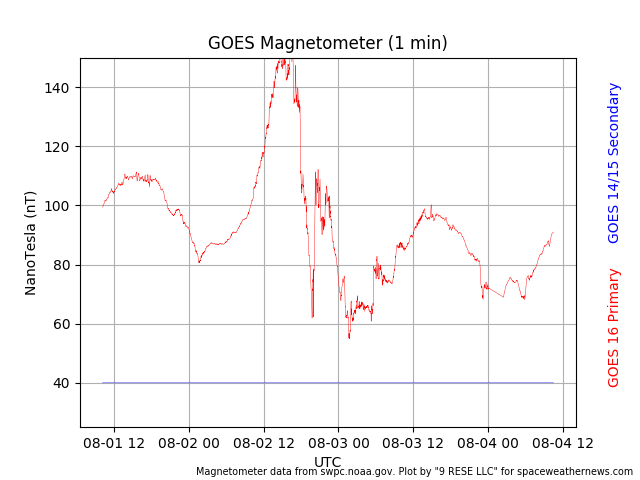
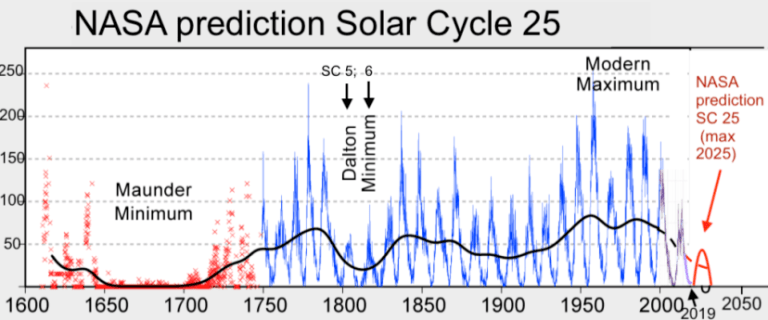
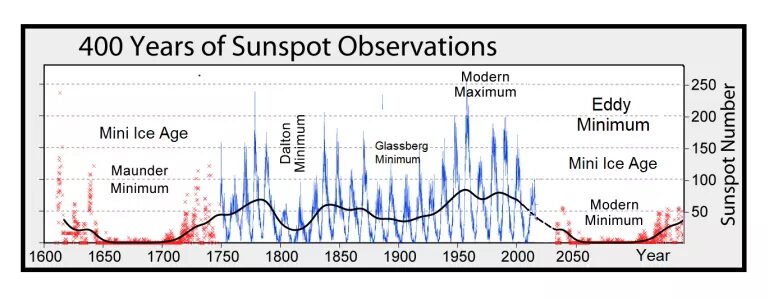



Comment: See also: